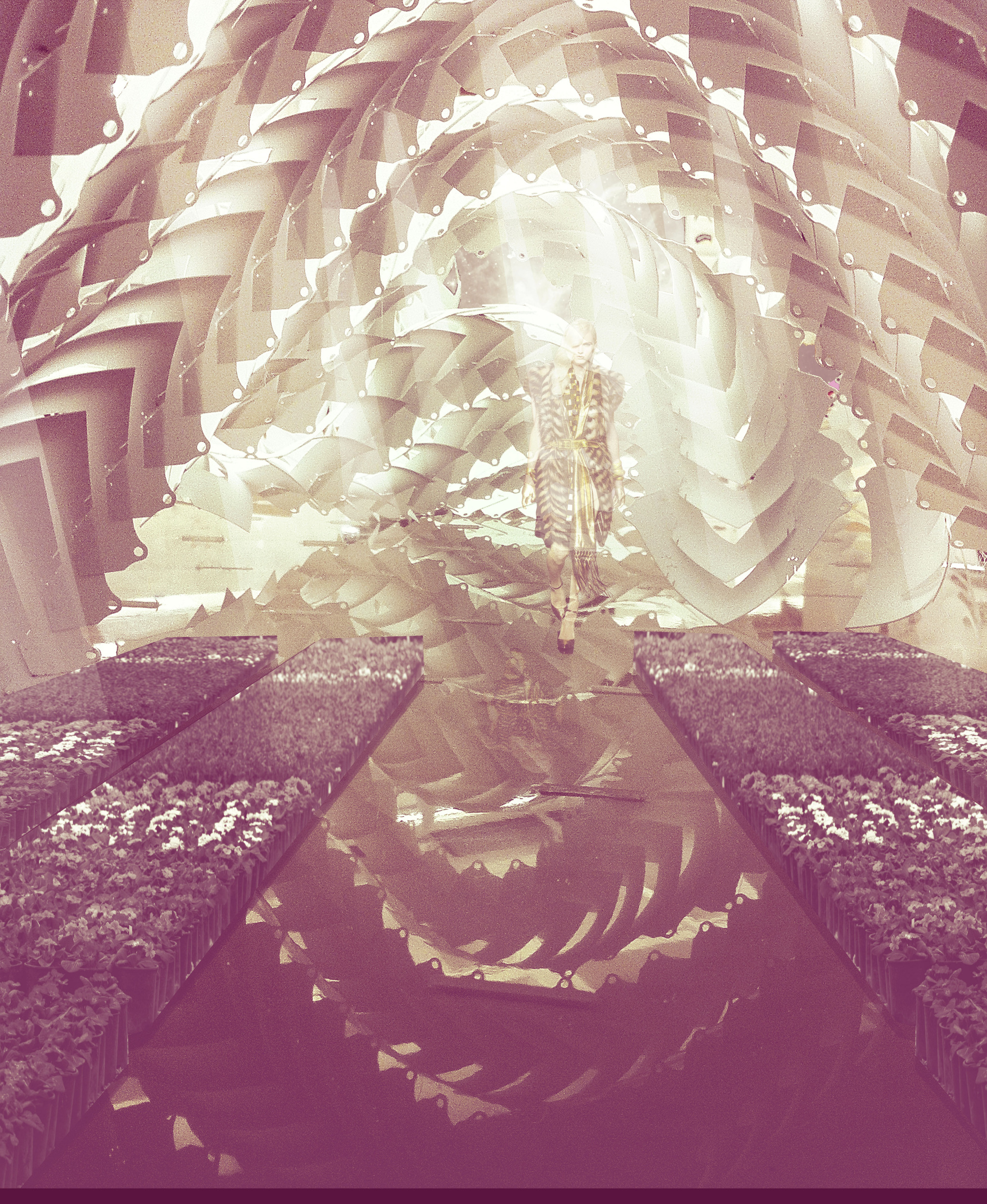
This vision for a Parametric Greenhouse was created for a Material Intelligence studio at UC Berkeley’s College of Environmental Design during the final year of my Master of Architecture program.
The idea of the studio was to apply a program to a parametric system that had been cultivated over the previous 14 weeks of the semester in a subversion of traditional architectural pedagogy. Our team’s design centered on variable configurations of chevron units to create a structural skin capable of modulating light and controlling the aperture between individual components to dictate the interior atmosphere.
The program that Anastasia Victor, Ash Low, and I selected was a community greenhouse, to be built in various formations across the city of Oakland’s empty lots, primarily in residential neighborhoods. Each could be tailored to the specific restrictions as dictated by the site layout and community within which it would function.

In order to facilitate both the germination cycle of a seed and the life cycle of a plant, the components would respond to changes in sunlight in order to regulate the light and atmospheric (read: humidity) conditions within. This would allow the greenhouse to simultaneously accommodate plants with different needs and different phases of growth. This is one scheme hatched among many.
Our final presentation included full boards as well as a physical model (pictured below) assembled from over 1,000 laser-cut polystyrene pieces, a demonstrator model showing how the system would move in response to a light sensor, and a projected presentation illustrating our process of evolving the chevron's form.







